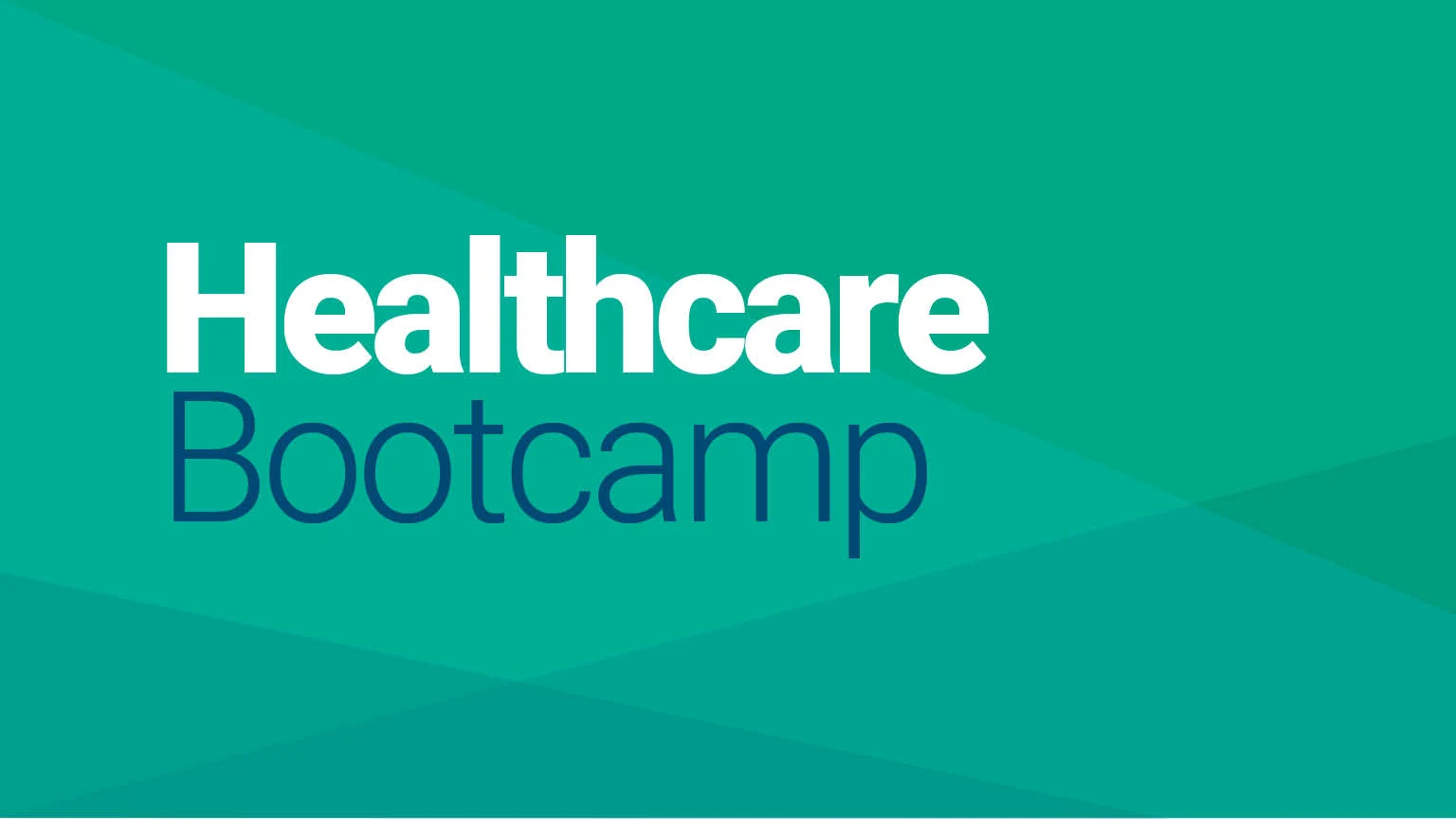Module 104 Overview and Learning Objectives
A deep dive into health system characteristics, organization, and behavior, including how they grow and invest.
Module 104 Key Takeaways
The health system market is constantly growing and adapting to meet patient needs. Leading health systems are the top performers across the country because of their size and scope. These factors account for LHS’ control of a quarter of the US market share.
LHS can be single, multi, or national. Regardless of size, LHSs are frequently top employers across the country. They employ three-quarters of US physicians.
Mergers and acquisitions are an opportunity for health systems to move to new markets, consolidate and maximize services, and expand care offerings. The result is larger systems that alter executive relationships and priorities.
LHS fosters competitive innovation through Academic Medical Centers and investments. One-third of LHS has an affiliated AMC. Their mission is to teach, research, and improve care. Health systems also promote innovation through investments in companies that aim to improve healthcare through new products, technologies, or services. Many systems create a dedicated arm to achieve investment and capital venture goals.
Supporting the community goes beyond medical care. LHS makes investments in their markets through programs, donations, events, etc. to assist organizations and educate potential patients.
One-third of LHS have a Provider Sponsored Health Plan. They encourage an integrated approach to patient care. PSHPs foster familiarity between patients and providers and promote better communication between care providers. PSHPs are also tied to value-based care models.
